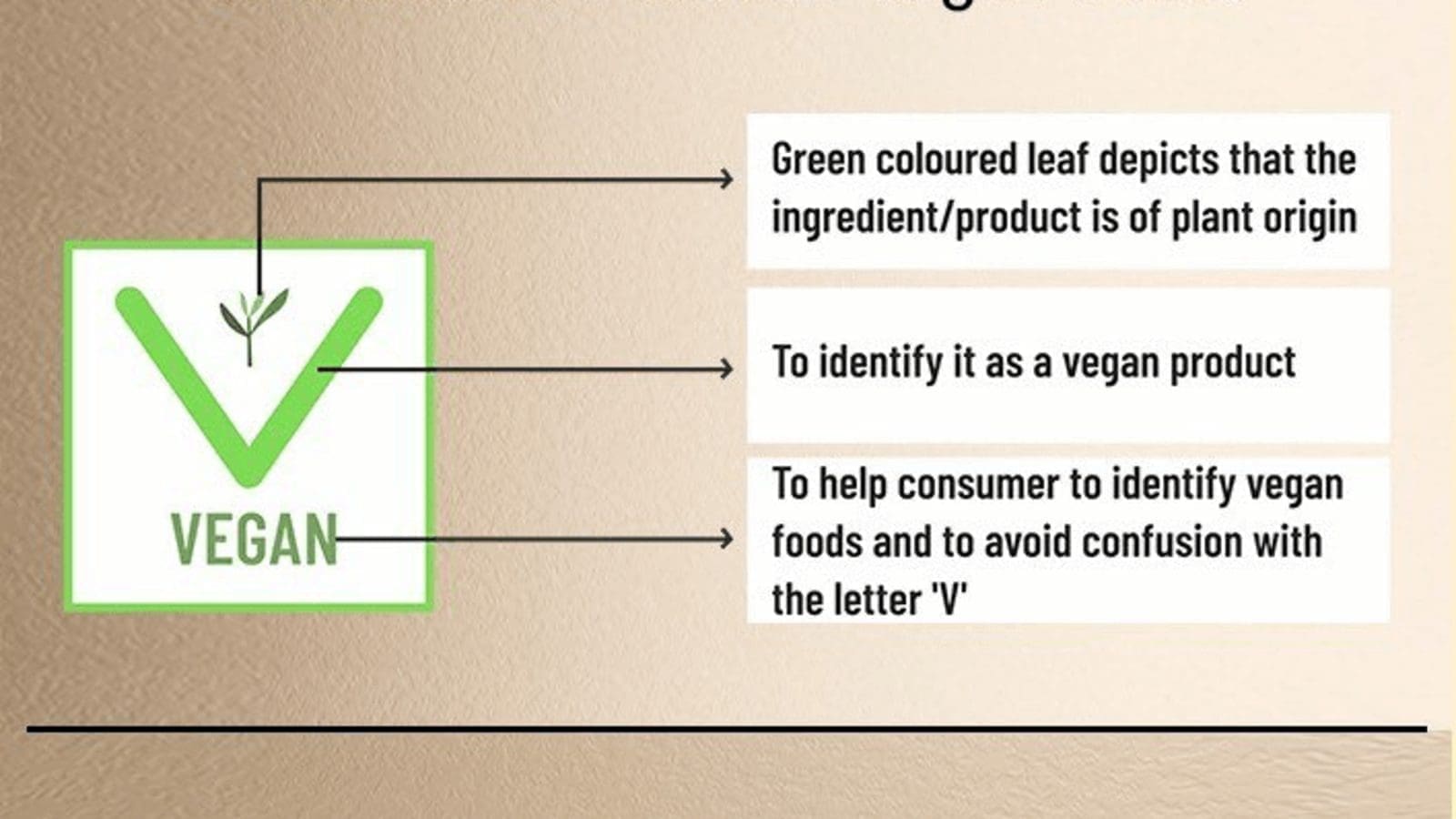DENMARK — Global bioscience company Chr. Hansen has launched its next-generation SWEETY culture which is aimed at helping dairy processors reduce the amount of sugar they add to their yogurts.
The culture has been developed via fermentation technology that converts lactose into glucose, thus increasing the perception of sweetness.
The Hørsholm, Denmark based food ingredient supplier says Sweety Y-3 can help reduce added sugar by up to 1g for every 100g of yogurt.
“Sweety range is a culture of Streptococcus thermophilus and Lactobacillus that are selected to use galactose from lactose and excrete glucose in the milk during fermentation,” says Katarzyna McCall, senior commercial development manager in Chr. Hansen’s fresh dairy practice.
“The sweetness of the final product is increased as a result, reducing the need for added sugar.”
According to Chr. Hansen, the patent-protected technology responds to growing demand for low-sugar lifestyles.
“Given that a growing contingent of consumers prefer to steer clear of artificial sweeteners, we wanted to explore how the industry could satisfy the near-universal craving for a bit of sweetness while meeting emerging consumer preferences for all-natural options,” said the senior commercial development manager.
Chr. Hansen expects its first customers to be yogurt producers with a special focus on the children’s category, as well as makers of products with ‘short ingredients lists’.
Slow progress towards low sugar yogurts
Earlier in August, a report by Action on Sugar revealed that parents were ‘misled’ by high-sugar yogurts with child-friendly packaging.
Only 1 in 20 (5%) of yogurts with child-friendly packaging contain low levels of sugar, according to the UK health campaigner.
Progress to reformulate and reduce added sugar in yogurts with child friendly packaging is ‘disappointingly sluggish’, it said.
The innovation by Chr. Hansen would thus be a timely introduction to the market as it would help fasten transition to low-sugar products, especially for children.
Combating climate change
Meanwhile, Chr. Hansen has announced two climate targets designed to reduce the company’s carbon footprint.
The first target is to reduce its greenhouse gases across scope 1 and scope 2 – which cover the direct emissions from the company’s own operations and indirect emissions associated with Chr. Hansen’s grid-supply energy- by 42% by 2030.
Chr. Hansen notes that scope 1 and scope 2 emissions made up 13% of its total greenhouse gas emissions in the 2020-21 financial year.
Chr. Hansen also wants to reduce its greenhouse gases from scope 3 – which covers the indirect emissions associated with activities across the value chain, from the sourcing of raw materials to the transportation of products and the commuting of employees- by 20% by 2030. Scope 3 .
The Dutch ingredients supplier noted that its Scope 3 emissions made up 87% of the company’s total emissions in 2020-21.
“We have worked successfully with carbon intensity targets across our operations for many years, but the world is facing widespread and intensifying climate change,” said Mauricio Graber, chief executive officer.
“Taking climate action that is rooted in the latest scientific consensus is a natural step-up for Chr. Hansen, and it is perfectly in line with our 2025 strategy.”
Chr. Hansen’s 2030 targets have been approved by The Science Based Targets initiative, which is a collaboration between the United Nations Global Compact, World Resources Institute, the Climate Disclosure Project and the World Wide Fund for Nature.
Liked this article? Subscribe to Food Business Africa News, our regular email newsletters with the latest news insights from Africa and the World’s food and agro industry. SUBSCRIBE HERE











